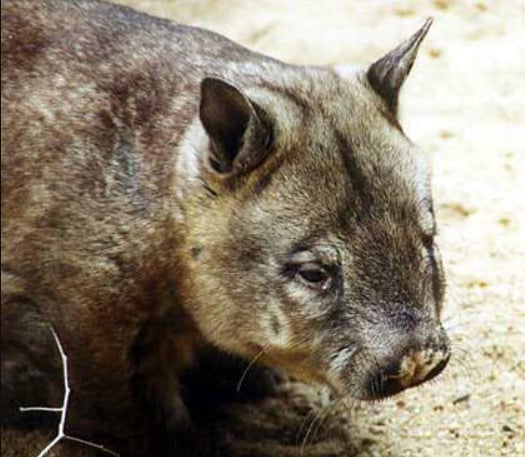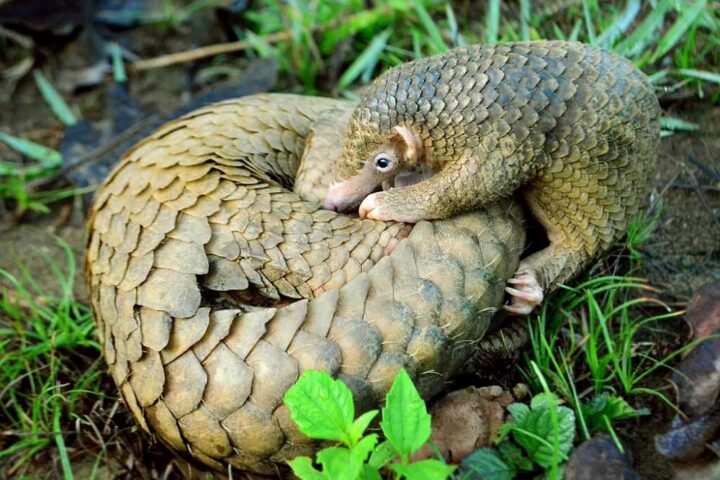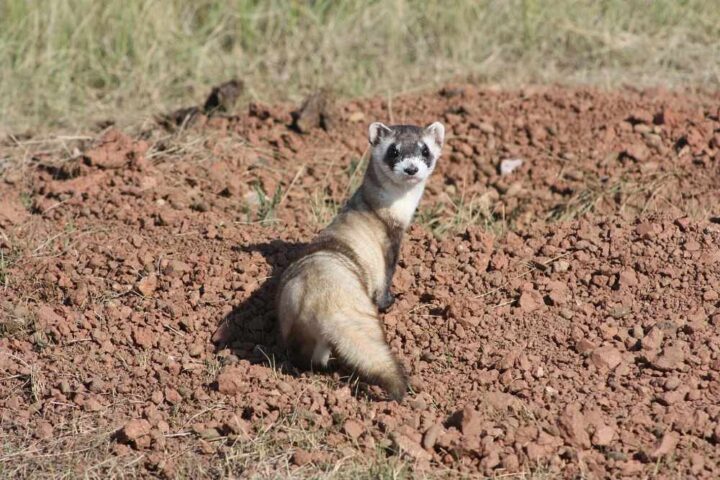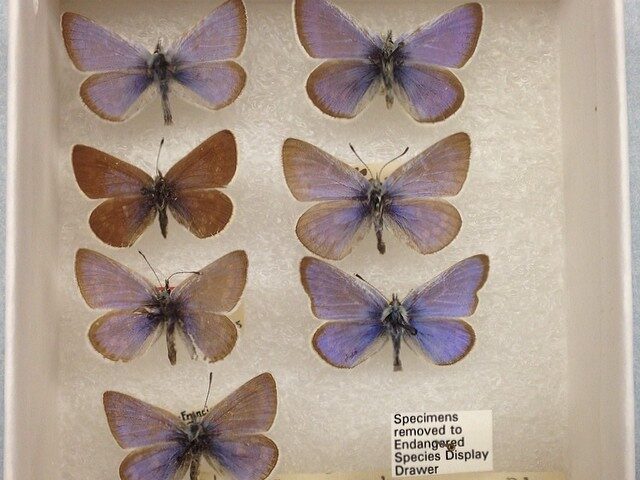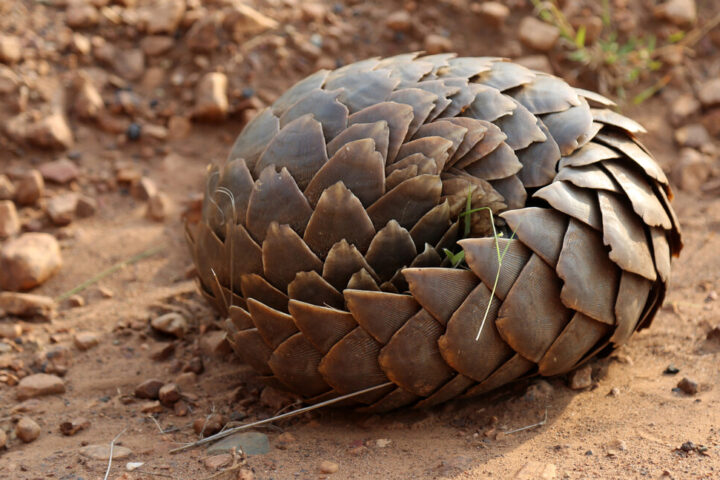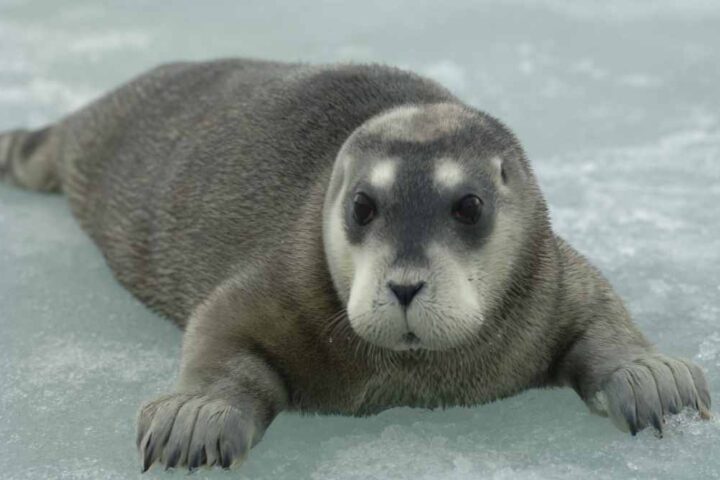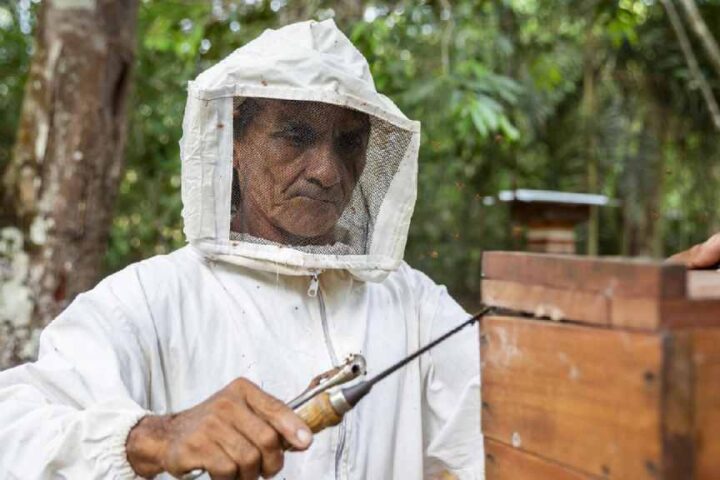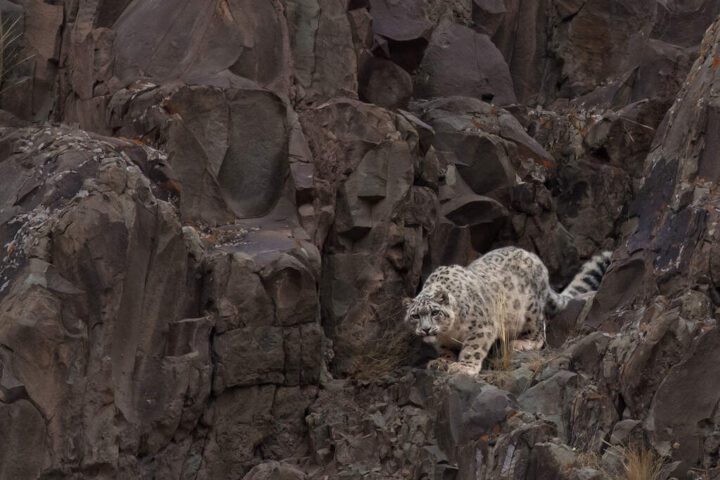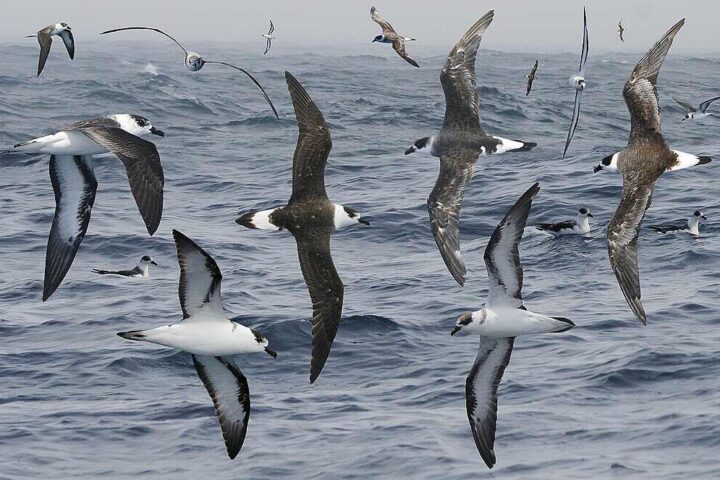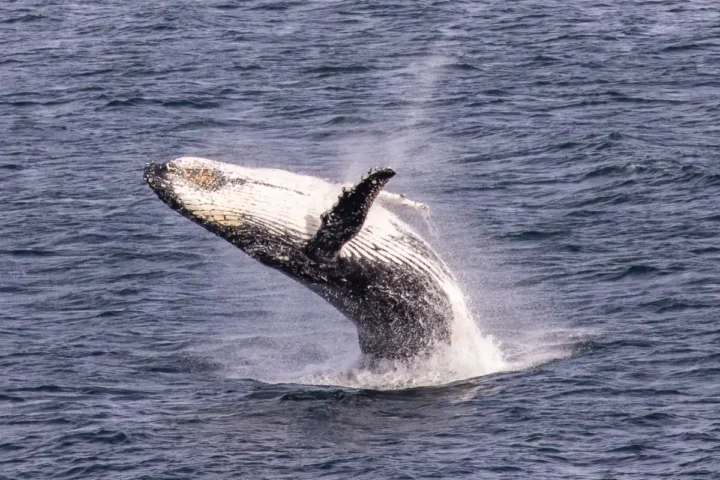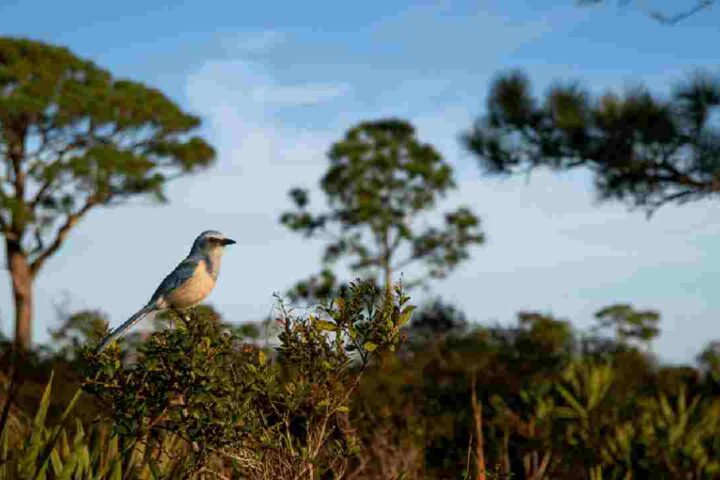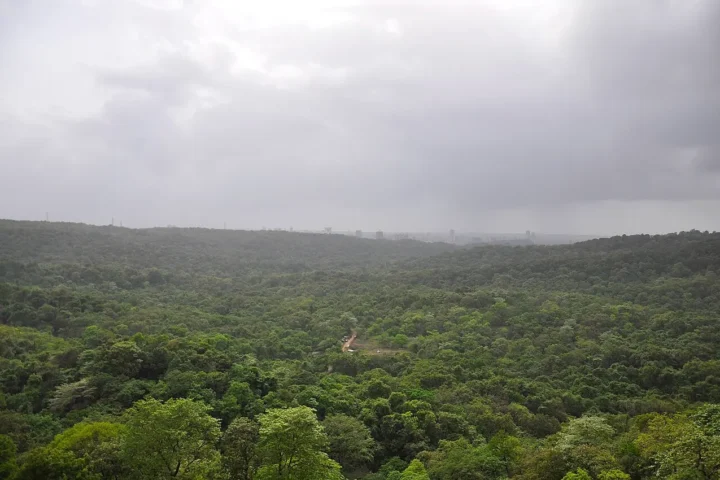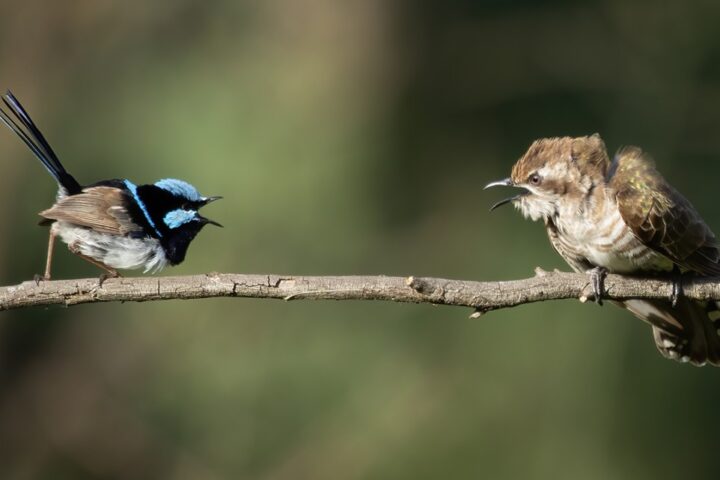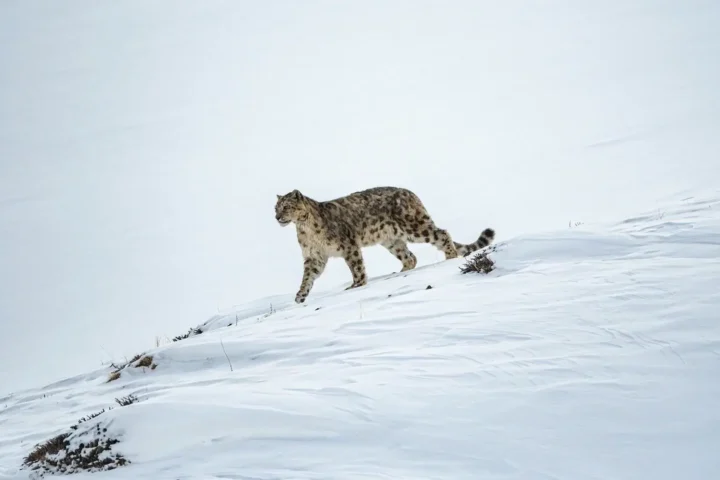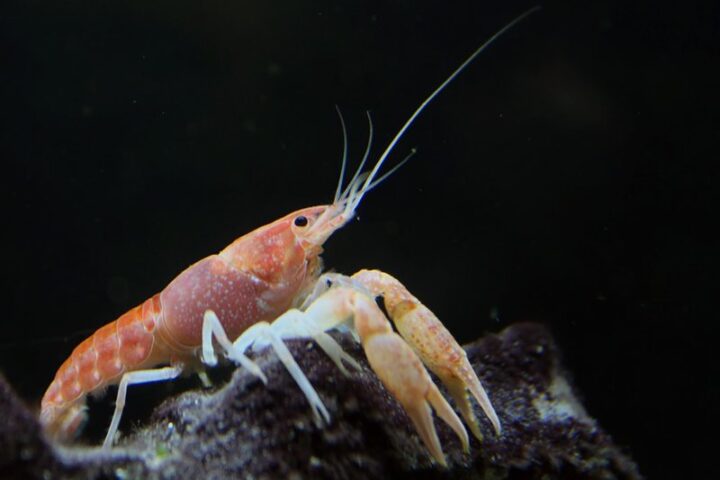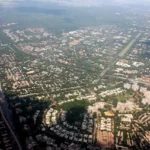The largest and rarest of the wombat species, the northern hairy-nosed wombat is not a much-sighted creature as it prefers mostly to live in burrows
According to the Queensland government’s official research on wombats, there are three species of wombat in Australia: the bare-nosed wombat, the southern hairy-nosed wombat and the northern hairy-nosed wombat.
Fossil records indicate northern hairy-nosed wombats were once widespread, living in Queensland, New South Wales and Victoria. But since European settlement, the species has only been found in 3 locations:
- Epping Forest area in central Queensland
- Moonie River area in southern Queensland
- Deniliquin area in southern New South Wales.
Northern hairy-nosed wombats are nocturnal and can sleep up to 18 hours in their burrows. During the cooler winter days, they may emerge to sun themselves and graze during the day. This species gives birth to a single joey, which remains in the pouch for 8–9 months. After this, the mother may leave the joey in the burrow while she feeds. The joey remains with the mother until weaning at around 12 months. Scientists think northern hairy-nosed wombats reach sexual maturity at 2–3 years for males and 3 years for females. They can live to at least 28 years of age.
Rare sightings of wombat:
In August 2023, AWC and the Wombat Foundation carried out research using ground-penetrating radar to map the wombat burrow systems. AWC is using information from this research at Richard Underwood Nature Refuge to scope other sites where additional wombat populations could be established. AWC ecologists have also assisted with trapping wombats and collecting hair samples as part of a regular population census. Northern Hairy-nosed Wombat is listed as critically endangered, with an estimated population of around 400 individuals. The species is rarer than the Giant Panda and as rare as the Sumatran Tiger.
Australian wildlife conservation said: “With only 400 individuals remaining in the world, every single wombat sighting counts.”One of Australia’s rarest mammals, there are only three populations of the Northern Hairy-nosed Wombat remaining in Epping Forest National Park (Scientific), a newly introduced population at Powrunna State Forest, and the RUNR site
SIMILAR POSTS
Conservation efforts:
Queensland Government publishes the various methods they have adapted to preserve and conserve this endangered species:
- Managing the existing ones and as well as establishing new northern hairy-nosed wombat populations at Epping Forest National Park (Scientific) and Powrunna State Forest.
The Monitoring and management activities include: - Habitat management
- Managing threats e.g. wild dog exclusion
- Maintaining genetic viability in northern hairy-nosed wombat populations.
- Maintaining infrastructure and equipment at each location e.g. water points.
- In 1971, the Australian government bought the site of the last wild population of northern hairy-nosed wombats and gazetted it as Epping Forest National Park (Scientific). The area was 2,750ha of open eucalypt woodland and brigalow communities over several properties in central Queensland.
- Since 2001, protection and recovery efforts have been undertaken including a 20km fence excluding wild dogs and dingoes, the number of northern hairy-nosed wombats has been steadily increasing. The last census, in 2022, estimated the population was 400 wombats.
Challenges faced by wombats include a loss of habitat but the greater challenge is them falling prey to wild dogs. Predators, such as wild dogs, and dingoes Natural threats include reduced genetic diversity large-scale bushfires drought. Competition for food and water from introduced grazing animals such as sheep, cattle and rabbits.
Some relief however is provided such as The Wombat Foundation which since 2004 has supported northern hairy-nosed wombat research and recovery efforts, including being part of the partnership establishing the third population, and providing transport boxes for this translocation project.
Gunggari Native Title Aboriginal Corporation (GNTAC)
GNTAC and Gunggari Native Title Holders are part of the partnership establishing the third population at the Powrunna State Forest. Australian Wildlife Conservancy (AWC) in 2023, the AWC assumed management of the Richard Underwood Nature Refuge, the location of the state’s second northern hairy-nosed wombat colony. The refuge protects 130ha of remnant eucalypt woodland.
Australia is known for its high biodiversity, hosting a wide variety of flora and fauna species. The loss of species can have significant impacts on ecosystems and ecological balance. Technological advancements have been made in the fields of conservation and species monitoring. Governments and international organizations have resources that can be utilized for species preservation efforts.
Tourism and other economic activities can be developed in ways that support conservation goals. Research organizations, such as the Australian Wildlife Conservancy, play a role in addressing conservation issues. Intergovernmental cooperation is a potential avenue for enhancing conservation efforts.
